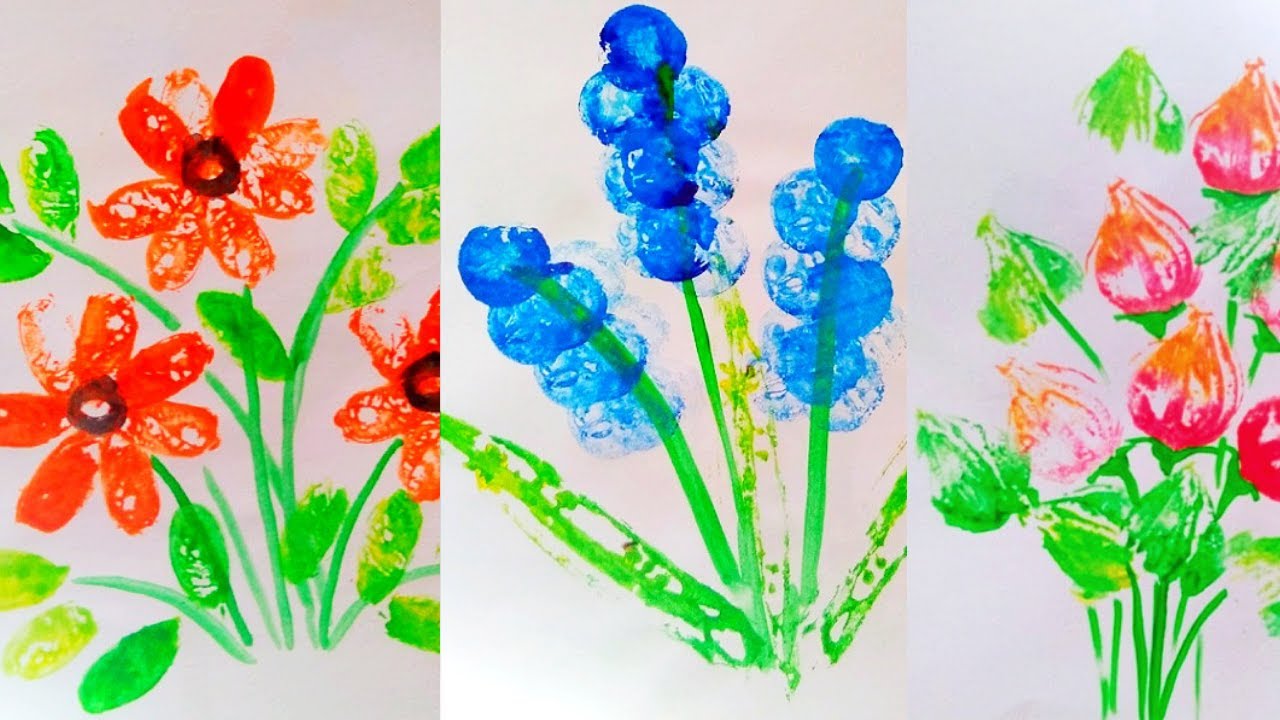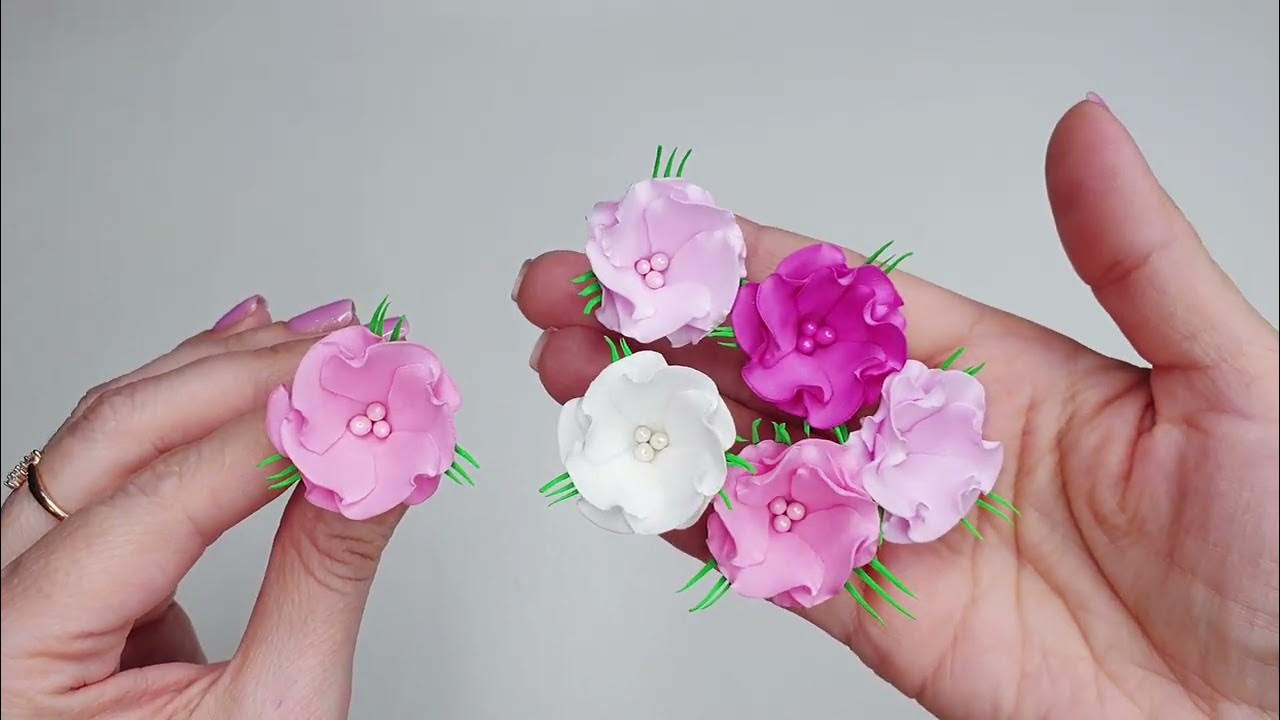Have you ever wanted to make your meals not just tasty but also visually stunning? Creating vegetable flowers is a fun and creative way to elevate your dishes. With just a few simple steps, you can transform ordinary vegetables into beautiful, edible art. In this guide, we’ll explore how to create these delightful designs and why they can be a fantastic addition to your culinary repertoire. Let’s dive in and unleash your inner artist!
What Are Vegetable Flowers?

Vegetable flowers are essentially decorative shapes created from fruits and vegetables, resembling blossoms. They not only enhance the presentation of a dish but also add an element of creativity that can impress your guests. These floral arrangements can be used in salads, on platters, or as garnishes for various dishes, making your meals not just delicious but visually captivating!
Here’s a little breakdown of why vegetable flowers are gaining popularity:
- Visual Appeal: Brightly colored vegetable flowers can turn an ordinary salad into a vibrant centerpiece.
- Healthy Fun: Kids (and adults) are more likely to eat their veggies when they look fun and inviting!
- Creative Expression: Making vegetable flowers allows you to express your artistic side in the kitchen.
Common vegetables used to create these delightful formations include:
- Carrots: With their vibrant color and shape, they can be easily carved into flowers.
- Radishes: Their natural color and size make them perfect for creating intricate designs.
- Cucumbers: Their crisp texture allows for elegant flower shapes that are refreshing.
- Bell Peppers: The variety of colors available makes them ideal for stunning floral arrangements.
To create vegetable flowers, you can use simple tools like a peeler, knife, or even cookie cutters. The process can range from basic cuts to intricate designs depending on your comfort level. Plus, you don’t need to be a professional chef to master this art—just a bit of patience and creativity!
Whether you’re preparing a family dinner or hosting a special event, incorporating vegetable flowers can impress your guests and add a personal touch to your culinary creations. In the following sections, we’ll provide detailed, step-by-step instructions on how to make these beautiful edible flowers. So, grab your vegetables, and let’s get started!
Also Read This: How to Make Beautiful Hairstyles: Easy Hair Tutorials on Dailymotion
3. Benefits of Making Vegetable Flowers

Creating vegetable flowers isn’t just a fun kitchen project; it comes with a bouquet of benefits that can enhance your culinary experience! Let’s explore some of the reasons why you should give this a try.
1. Boosts Creativity in Cooking: Making vegetable flowers transforms ordinary veggies into stunning edible art. This creative process can inspire you to experiment with different flavors and colors in your dishes. For example, a simple carrot can become a beautiful flower, bringing an eye-catching element to your salads or platters.
2. Engages Kids and Family: If you’re looking for a family activity, vegetable flower crafting is perfect! Kids love hands-on activities, and this is a great way to involve them in meal prep. They’ll enjoy the challenge of creating their own designs, making mealtime more exciting.
3. Enhances Presentation: We all know that we eat with our eyes first. Vegetable flowers can elevate the presentation of your meals, turning a regular dish into a festive centerpiece. Imagine serving a vibrant salad adorned with flower-shaped cucumbers and radishes at your next dinner party!
4. Health Benefits: Incorporating more vegetables into your diet through creative means can lead to healthier eating habits. By making vegetables visually appealing, you may find yourself and your family enjoying them more. Plus, you’ll be consuming more vitamins and minerals essential for good health.
5. Perfect for Different Occasions: Whether it’s a birthday party, a holiday celebration, or just a casual dinner with friends, vegetable flowers can suit any occasion. They add a touch of elegance and creativity that impresses guests and makes your meal memorable.
Incorporating vegetable flowers into your cooking not only enhances the visual appeal of your dishes but also encourages creativity, family bonding, and healthier eating habits. So, let’s get started!
Also Read This: Creative Paper Bag Designs for Gifts
4. Materials Needed for Vegetable Flowers

Before diving into the hands-on fun of creating vegetable flowers, let’s gather the essential materials you’ll need. Having everything on hand will make your experience smoother and more enjoyable.
- Fresh Vegetables: Choose a variety of colorful vegetables. Some great options include:
- Carrots
- Cucumbers
- Radishes
- Bell peppers
- Beets
- Sharp Knife: A sharp knife is crucial for precise cutting and shaping. Make sure it’s a size you are comfortable using.
- Cutting Board: Use a stable cutting board to protect your surfaces and keep your workspace organized.
- Vegetable Peeler: A good peeler can help you create thin slices from certain vegetables, perfect for flower petals.
- Cookie Cutters: Optional, but fun! Use various shapes to cut out flower petals or leaves from your veggies.
- Toothpicks or Skewers: These can be used to hold your vegetable flowers together or to create stems.
Once you have your materials ready, you’ll be set to embark on this fun culinary adventure. Remember, the more colorful and varied your ingredients, the more vibrant your vegetable flowers will be!
Also Read This: How to Create a Gmail Account: Dailymotion Tutorials Explained
5. Step-by-Step Instructions

Creating beautiful vegetable flowers is not only fun but also a fantastic way to elevate your culinary presentations. Whether you’re prepping for a special occasion or just want to brighten up your dinner plate, follow these simple steps to craft stunning vegetable flowers.
Step 1: Gather Your Materials
- Fresh vegetables (carrots, radishes, cucumbers, zucchini, bell peppers)
- Sharp knife or vegetable peeler
- Cutting board
- Cookie cutters (optional)
- Toothpicks or skewers
- Plate for display
Step 2: Choose Your Vegetables
Pick vibrant and crunchy vegetables that can hold their shape. Carrots and radishes are excellent choices because of their firmness and color. Zucchini and cucumbers can also create beautiful shapes.
Step 3: Prepare Your Veggies
Wash your vegetables thoroughly. Then, peel them if necessary. For instance, if you’re using a carrot, you can peel it to showcase the bright orange color inside. But if you're using radishes, you might want to leave the skin on for a pop of color!
Step 4: Cut the Vegetables
Using your knife, slice the vegetables into desired shapes. For flowers:
- Carrots: Cut thin rounds and then use a small knife to carve petals.
- Radishes: Cut in half and make small incisions to mimic petals.
- Zucchini: Slice into rounds and use a cookie cutter for flower shapes.
Step 5: Assemble the Flowers
Once you have your vegetable pieces ready, it’s time to assemble the flowers. Take a toothpick or skewer and start stacking the vegetable pieces, alternating colors for a more vibrant look. For example, layer a carrot slice, followed by a round cucumber, and finish with a radish half on top.
Step 6: Display Your Masterpieces
Once assembled, arrange your vegetable flowers on a plate. You might want to add some greenery like lettuce or spinach leaves to make the colors pop even more. And voilà! You have your stunning vegetable flowers ready to impress!
Also Read This: Relax and Lose Your Curls Naturally with Dailymotion Techniques
6. Ideas for Decorating with Vegetable Flowers
Now that you've created your vegetable flowers, let’s talk about how to use them in your dishes or displays. Here are some fun and creative ideas:
- Salad Garnish: Place the vegetable flowers on top of a fresh salad. They not only add visual appeal but also a crunch that complements the greens.
- Cheese Platter: Incorporate vegetable flowers into your cheese board. Surround your cheese with these beautiful creations for a more inviting presentation.
- Party Platters: If you're hosting a gathering, use the vegetable flowers to decorate your veggie platters. Arrange them around dips like hummus or guacamole for an eye-catching display.
- Buffet Centerpiece: Create a centerpiece for your dining table by arranging several vegetable flowers in a small vase. This adds a rustic touch to your table settings.
- Wraps and Sandwiches: Add a few vegetable flowers to wraps or sandwiches, making them not just delicious but also visually appealing.
These ideas will inspire you to use your vegetable flowers creatively. Remember, the key is to have fun and let your imagination lead the way!
Also Read This: How to Do Around the World Trick in Soccer on Dailymotion
7. Tips for Success
Creating vegetable flowers is not just about stacking pieces of produce; it's an art form that requires a bit of finesse and creativity. To help you achieve the most stunning results, here are some tips for success:
- Choose the Right Vegetables: Select fresh, firm vegetables that can hold their shape. For example, bell peppers, zucchini, and cucumbers are great choices due to their crispness.
- Use Sharp Tools: A sharp knife is essential. It allows for clean cuts, which helps your vegetable flowers maintain their structure and look more professional.
- Experiment with Colors: Don’t hesitate to mix and match different colored vegetables. A combination of orange carrots, red radishes, and green cucumbers can create a vibrant bouquet that’s visually appealing.
- Keep it simple: If you’re a beginner, start with basic designs. As you become more comfortable, you can try more complex arrangements.
- Practice Your Cuts: Take time to experiment with different cutting techniques. For instance, julienning, spiraling, or even using vegetable peelers can add interesting textures to your flowers.
- Stay Organized: Lay out all your tools and ingredients before you start. This way, you’ll have everything at your fingertips, making the process smoother and more enjoyable.
- Have Fun! Remember that this is a creative activity. Don’t stress about perfection; embrace the process and enjoy the art of creation!
By following these tips, you’ll be on your way to crafting beautiful vegetable flowers that will impress your friends and family. Just remember that practice makes perfect, so don’t hesitate to try again if things don’t go as planned on your first attempt!
8. Conclusion
In conclusion, creating vegetable flowers is a delightful way to express your creativity in the kitchen while also promoting healthy eating. With just a few simple techniques and some fresh produce, you can transform ordinary vegetables into stunning edible arrangements.
Whether you’re preparing for a special occasion, enhancing your dinner table, or simply looking for a fun project to undertake, vegetable flowers are a fantastic choice. They not only add a burst of color and whimsy but also showcase your culinary skills.
As you dive into the world of vegetable artistry, remember to keep your approach light-hearted and enjoyable. Share your creations with friends, and don’t shy away from experimenting with different shapes and colors. The possibilities are endless!
So grab those vegetables and start crafting your own edible bouquet today. Who knows? You might just discover a new passion!
 admin
admin








